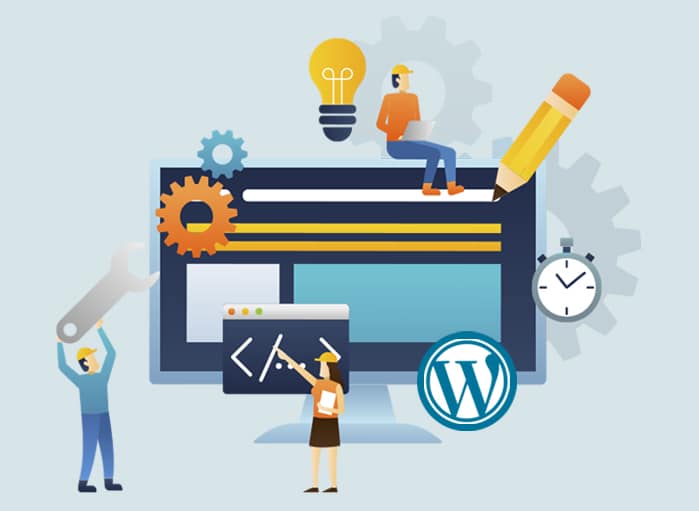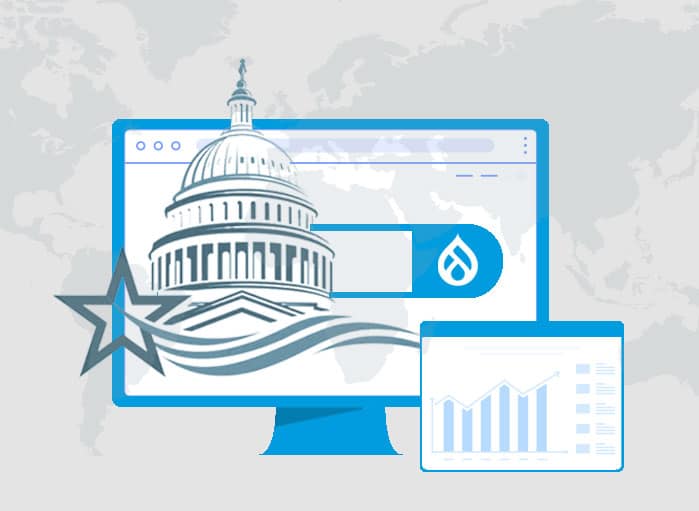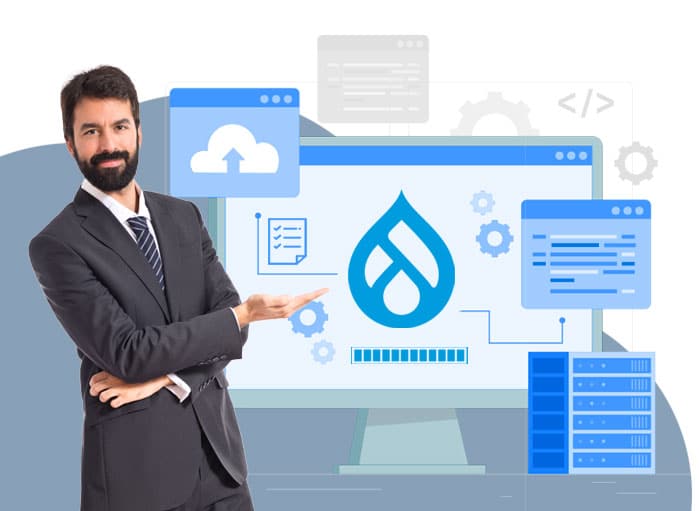
Drupal 10 Upgrade: Your Essential Checklist
Tags: Checklist,Drupal 10,Upgrade


Hello there! If you’re reading this, chances are you’re a business owner who’s been hearing a lot about the Drupal 10 upgrade. Maybe you’re already using Drupal but haven’t yet made the leap to the latest version. Today, let’s not only walk you through the upgrade process, but also take you through the benefits of the upgrade to Drupal 10, and why it’s a smoother sail than you might think. Furthermore, we will discuss the advantages of the upgrade and demonstrate how the transition to Drupal 10 can be accomplished seamlessly.
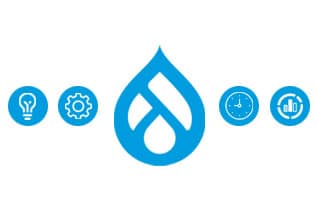
1. Drupal 10: A Beacon of Innovation
Drupal has always been at the forefront of innovation, and Drupal 10 is no exception. This latest version is packed with new features designed to improve a site’s performance, security, and user experience. It’s not just a CMS—it’s a powerful tool that can help your business thrive in the digital age.
2. Joining the Drupal 10 Fleet
First, let’s look at some numbers. As of May 2023, Drupal is used by 1.7% of all websites. This might not sound like a lot, but it’s 1.2% of all websites worldwide. And that number is growing. (Source: W3Techs)
Upgrading to Drupal 10 isn’t just about joining a community. It’s about joining a fleet of top-performing websites.
Major sites using Drupal include Pinterest, Europa.eu, Nih.gov, Harvard.edu, and more. If the big players trust Drupal, there’s a good reason for it. (Source: W3Techs)
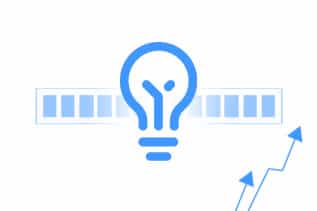
3. Why Upgrade to Drupal 10?
As a matter of fact, the latest Drupal version, i.e., Drupal 10 brings a ton of improvements and new features. It’s more secure, more flexible, and more user-friendly than ever before. In fact, Drupal 10 is more updated and fine-tuned than its predecessor, Drupal 9.
Content editors will benefit from Claro’s accessible and user-friendly admin interface and a better way to edit text with the modern CKEditor 5. Site owners and site builders will benefit from Automatic Updates and Project Browser, features planned for future versions of Drupal.
Furthermore, the Drupal Association plans to end support for Drupal 9 in November 2023. After this, the only way to receive the latest updates, new developments, and new security upgrades from Drupal will be to upgrade to Drupal 10.
That’s not all.
4. Other Reasons for Upgrade to Drupal 10
Some other reasons for upgrading to the latest Drupal 10 version are mentioned below. Let’s check it out.
4.1. Stay Afloat with Long-term Support
One major advantage of Drupal 10 is its long-term support. Older versions of Drupal will eventually stop receiving updates, leaving your site potentially vulnerable. With Drupal 10, you can rest assured knowing you’ll be receiving support and updates for years to come.
4.2. Catch the Drupal 10 Wave
If you’re still on an older version of Drupal, you’re not alone. As of now, many websites are still using Drupal 9. But as support for older versions like Drupal 9 ends in November 2023, more and more sites will be making the last-minute switch to Drupal 10. By upgrading now, you’re going to stay ahead of the wave.
4.3. Navigating the Upgrade Easily
Now, you might be thinking that upgrading sounds great, but it also sounds like a lot of work. Well, here’s the good news. The Drupal community has put a lot of effort into making the upgrade process as easy as possible.
There are plenty of resources and guides available to help you navigate the process. However, if you need any kind of assistance for the upgrade process, it’s better to seek professional help.
5. The Essential Requirements
Before you jump on the Drupal 10 upgrade bandwagon, there are a few prerequisites. Make sure your website meets the requirements which are:
5.1. PHP Requirements
Drupal 10 requires PHP version 8.1 or higher, and it’s recommended to use version 8.1.6 or higher.
5.2. Database Requirements
It supports a variety of databases, including MySQL or Percona 5.7.8, MariaDB 10.3.7, PostgreSQL 12, and SQLite 3.26.
5.3. Browser Support Requirements
Internet Explorer is no longer supported, and older versions of Universal Control Browser have been removed.
5.4. Composer Requirements
Drupal 10 recommends using Composer version 2.3.6 or higher, which is required for compatibility with PHP 8.2 and the forthcoming Automatic Updates feature.
It’s also essential to ensure compatibility between your code and the latest updates using tools like Composer and Upgrade Status.
5.5. Understand Composer
Composer, a PHP-based dependency manager, plays a key role in upgrading Drupal. It keeps track of Drupal modules, Symphony libraries, and even Drupal core itself. It uses a composer.json file to track our project’s explicit dependencies as semantic version ranges.
For example, your project may require drupal/core:>=9.4 which tells Composer to install Drupal core version 9.4 or greater.
And it builds a full list of 3rd party dependencies used across your project (including dependencies of dependencies) in the composer.lock file.
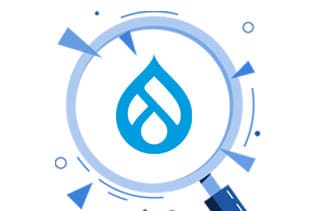
6. Assess Upgrade Compatibility
Now comes the nitty-gritty part. You need to check for any potential incompatibilities before performing the upgrade. These can take different forms – from modules removed from the core to various deprecated functions removed entirely. If your project relied on any of these, you need to resolve the incompatibilities.
Luckily, the Drupal community maintains a module called “Upgrade Status.” This module gives you a series of tools that can scan a Drupal installation for deprecated module usage. It can even scan your codebase for calls to deprecated functions or incompatibilities in info.yml and composer.json files.
7. The Upgrade Process Explained
Drupal 10 has arrived! Are you ready to embrace the new?
Yes, but worried about the upgrade process? Don’t be. With a clear step-by-step guide and the right tools, upgrading to Drupal 10 can be a breeze.
Here’s a helpful guide with ten essential steps to take before you make the leap.
7.1. Backup is Your Best Friend
Always ensure that you have a backup of your code and database before starting the upgrade process. Even if you’ve run successful tests in other environments, having a backup provides an extra layer of security.
7.2. Test the Waters with a Dry Run
Conduct multiple dry runs in a secure environment before considering a major version upgrade in production. Start locally, then move to CI/CD, and finally to your dev environment. Also, check for any packages that may interfere with your update.
7.3. Time to Remove Upgrade Status
Upgrade Status, useful for Drupal 9.x, doesn’t work with Drupal 10.x. You’ll need to remove it from your code to proceed with the upgrade.
7.4. Update to the Latest Drupal 9.x
It’s not mandatory to be on the most recent 9.5.x to transition to Drupal 10, but it’s advisable. Only 9.5.x still receives bug fixes, and older versions of Drupal 9 don’t have a supported upgrade path.
7.5. Level Up to Drush 11
Drupal 10 is compatible only with Drush 11. If you’re already using Drush in your project, upgrading to Drush 11 is a straightforward process. However, if you aren’t, you’ll need to add Drush 11. Be aware, Drush 11 requires PHP 8.1 and Symfony 6.x components.
7.6. Upgrade Your Additional Tools/Plugins
If you’re using other tools like Acquia BLT, ensure they’re compatible with PHP 8.1 and/or Drupal 10.x. This might have already been done during the PHP 8.1 update, but it’s always good to double-check.
7.7. Handle Deprecated Contrib
Ensure all contrib modules are updated to be compatible with both Drupal 10 and PHP 8.1. While many modules are D10 compatible, some might not be, potentially blocking your update.
7.8. Upgrade to PHP 8.1
Upgrade to PHP 8.1 before addressing the contrib updates. Some modules might be incompatible with PHP 8.1, so it’s best to handle this in one go. Remember that for Drupal 10, all environments will eventually need to be updated to PHP 8.1.
7.9. Refactor Deprecated Custom Code
With your Upgrade Status report in hand, start overhauling your code. However, it’s important to note the changes. In fact, even the minor ones should not be underestimated. Moreover, a single-word replacement can significantly disrupt a website if not properly tested.
7.10. Run a Deprecation Scan
The key distinction between Drupal 9.5 and Drupal 10.0 lies in the elimination of deprecated code. To determine if your site is compatible with Drupal 10, conduct a deprecation scan using tools such as the Upgrade Status module.
8. Ready for an Upgrade?
Our team stands ready to aid in upgrading your website and guaranteeing complete compatibility with Drupal 10. Our seasoned Drupal developers are just a call away. Connect with us today and elevate your website to new heights.
Conclusion
Whether you’re a Drupal veteran or new to the platform, now it’s a great time to make the upgrade and join the growing Drupal 10 community.
Remember, as a business owner your time is valuable. You need a website that works for you, not the other way around. You just focus on steering your company toward success and our team of Drupal programmers will take care of the Drupal 10 upgrade process for you.


